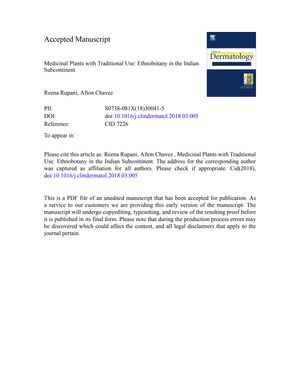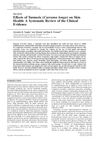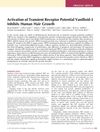Medicinal Plants with Traditional Use: Ethnobotany in the Indian Subcontinent
March 2018
in “
Clinics in Dermatology
”

TLDR Indigenous herbal medicines in the Indian subcontinent have potential for drug development but need more research and standardization.
The document from 2018 reviews the traditional use of medicinal plants in the Indian subcontinent, where 80% of people in developing countries rely on traditional medicine for primary health care. It discusses systems like Ayurveda and Homeopathy, and plants such as neem and turmeric, noting the challenges in cataloging ethnobotanical knowledge due to diversity in language, culture, and plant species. Ethnobotanical studies have recorded the use of plants for skin disorders and other ailments, with specific examples from various regions, such as the use of Sisymbrium irio for measles in Pakistan. The paper concludes that indigenous herbal medicines hold potential for modern drug development, but face challenges like limited source material and lack of standardization. It calls for more research and collaboration to enhance the understanding and utilization of these traditional practices.


